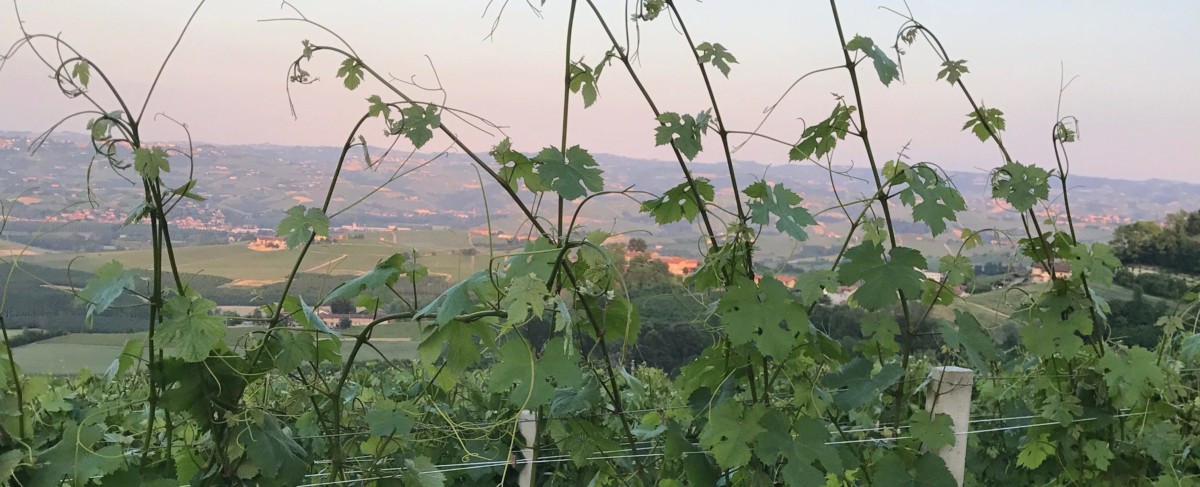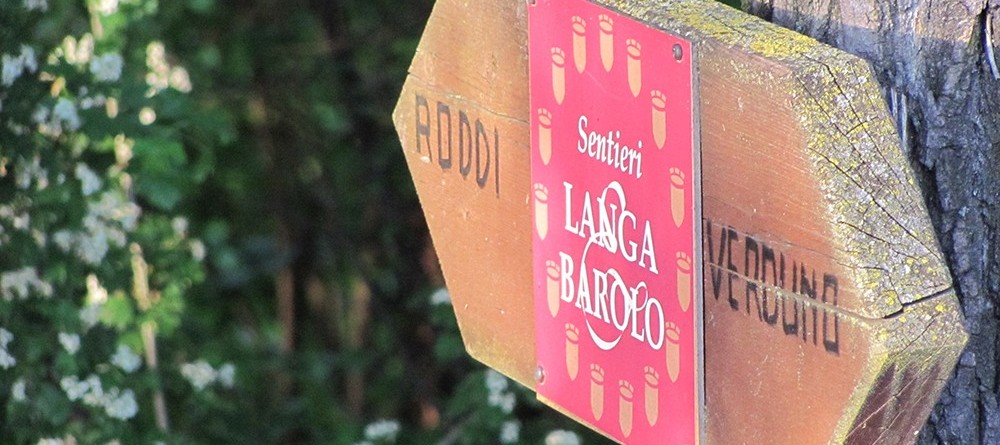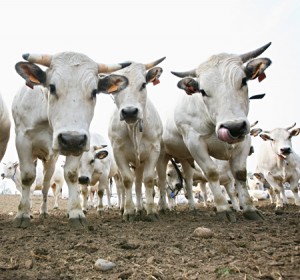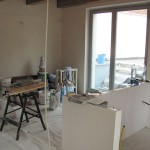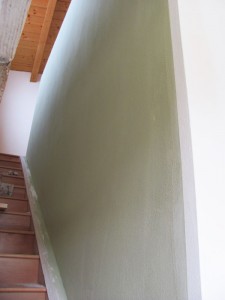 At the gym tonight, I was able to recognize (perhaps for the first time) the hilarity in one of the many grin-and-bear-it situations we expats deal with on a daily basis.
At the gym tonight, I was able to recognize (perhaps for the first time) the hilarity in one of the many grin-and-bear-it situations we expats deal with on a daily basis.
An English girl named “Rain” was signing up for next week’s lessons and pronouncing her name “the Italian way” for the receptionist: “rAY-Nuh”. Even though she’s come three times a week for the past two months, it’s still not easy for the girls at the front desk to comprehend the foreign sound of her name. She had to repeat it three times before the girl was like, “Oh! Rainuh!”
Uh…Yeah, kinda.
I am not insinuating that the girls at the desk are slow. I am just reminding you all (all 9 of you reading this post) what a challenge it is and how instinctively averse we are to digesting information outside our cultural comfort zone.
Assimilating yourself into a foreign culture is not a task to underestimate.
When you make your big move, life feels very vacationy and romantic. I’m not talking laying-on-the-beach-drinking-out-of-a-coconut vacationy.
You’re working your ass off trying to make a living – and the qualifications you slaved to accumulate for the first half of your life don’t “translate” into your new country. (3 cheers for 18 hour workdays on minimum wage!)
In addition, you understand about 30% of what everyone’s saying most of the time and can’t communicate precisely what is is you want to say with the subtle undertones necessary . Completely forget about communicating strong emotions. Half the time you break out in your mother tongue – which entirely defeats your meager attempts at expressing your soul-shattering sentiments. The other half of the time you botch your sentences with a cleaver because the emotion gets in the way of the logical translating part of your brain. In my opinion these parts of the brain (uh, at least, of my brain) are two south poles.
Don’t even go there.
To worsen the situation, as an English major, I tend to take extravagant liberties with language. I love creating new words because they sort of sound like another word or just feel good in your mouth. The temptation of mixing TWO languages in this way is overwhelming. You can imagine the gratification when you combine two seemingly-random words from two different languages into a perfect new exemplar of multi-linguarality.
But when you’re speaking a language you don’t have an expert handle on, it’s best to avoid taking such liberties. Trust me, no one has any clue what you’re trying to say – even when you stick to sentences that use the simplistic grammatical standards of a 3-year old.
Get creative and the entire conversation is shot to hell.
No, I’m talking about the planning stage of a vacation. You know, when you’re still browsing rental house catalogs, imagining how wonderful you would feel staying in a 10 bedroom beach front property with private pool and live in housekeeper/personal trainer/Michelin star chef. How could you not be your best you and have a relaxing, time-of-your-life experience in that house? You get totally caught up in the glamour of vacation and forget about your real-world limitations. Ahhem, it would take you three years of shiny new minimum wage paychecks to pay for one week at Barbie’s dreamhouse.
That’s what being an expat is like at the beginning.
Of course, you tend not to realize you’re living in Dream World because you’re busy trying to solve the conundrums of everyday life. Inside, your heart is shouting with joy at your new, sophisticated life abroad while the rest of you is muddling around Clueless and Illiterate.
So, anyways, back to the gym. One of my new acquaintances – and might I just say that in two months of Fight Club I’ve made more promising acquaintances than I have in the last nine years in this country. I love this place and I love the people that come here. I love the friendly staff who always acknowledge you with a genuinely friendly smile. They seem so grateful that YOU – YOU are there with them. I love the camaraderie during the classes and afterwards in the locker room. Tonight was an atypical class – usually we sweat a lot and are barely able to walk back to our cars (perhaps I should speak for myself, but I get the feeling I’m not the only one – ha! ANOTHER thing I love about this place!!). Tonight we didn’t sweat much but worked on technical form and some of the girls were kind of bummed because they felt like they hadn’t burned as many calories as usual, “Damn, I totally overdid it at lunch and now I have to eat broth for dinner to make up for it!”
Another girl, the new acquaintance who later inspired me with her grin-and-bear-it experience, jumped right in and said (in Italian), “We’ve got to stay positive!” At this point, we were all rallied around her in varying degrees of semi-cladness. (Semi-cladness is totally a word),
“Sessions like this are JUST as important as the super-calorie-burning sessions because they teach us how to workout without hurting ourselves.”
Then another girl jumped in with a story about how her boyfriend, a Super Built Gym Guy, was constantly icing his shoulder or knee when he worked out at a different place (with ice, not frosting). Since he joined Black Bull (our gym) he hasn’t felt pain once. She was like,
“We’ve all been here for a couple months now and have any of you gotten hurt? (she intuitively knew the answer because we all watch out for each other). “No, none of you have had problems like that and it’s specifically because they teach us proper technique like they did tonight.”
Then, as we’re cheering and circling around doing Rocky punches in the air in our underwear, a fourth girl jumps in with,
“Hey, look on the bright side: you can have a ton of sex tonight to make up for the calories we didn’t burn in class!”
I haven’t felt girly camaraderie like this in…a long time.
And it feels.so.good.
So, I guess I’ve come full circle: through the romance of a new life in a new country, to the harsh reality of being an outsider far FAR away from home, to finally feeling welcomed into a group of peers.
Barely moved out of Barbie dreamhouse and already neck-deep in Disney schmoozieness (also definitely a word).
Maybe this is what being an expat is really all about.
F.Y.I. The “Italian version” of my name is equally as amusing as Rain’s (who’s British by the way). And aren’t her parents great for giving her such an awesome name (like my parents too)? “Rain” for a little girl born in a place where it’s always raining. They must think of the sun every time they look at her.
 There are various Italian butcherings (go ahead, look it up in the dictionary, I dare you!) to both my first and last name. When I say, “Crane,” it sounds like crin (pronounced Cr(a)eeen), which is Piemontese dialect for “pig”. Mmm. Not a particularly nice picture, but if you look on the bright side, lots of wonderful things can be associated to pigs: bacon, pork belly, Miss Piggy, Pumbaa, the 3 little pigs (have you read this version?), Wilbur from Charlotte’s Web…Despair not!
There are various Italian butcherings (go ahead, look it up in the dictionary, I dare you!) to both my first and last name. When I say, “Crane,” it sounds like crin (pronounced Cr(a)eeen), which is Piemontese dialect for “pig”. Mmm. Not a particularly nice picture, but if you look on the bright side, lots of wonderful things can be associated to pigs: bacon, pork belly, Miss Piggy, Pumbaa, the 3 little pigs (have you read this version?), Wilbur from Charlotte’s Web…Despair not!
 If you say “Crane”, pronouncing it the American way, and the person you’re talking to knows a little English, they might say, “OH! Like a gru, right?” Gru means crane, as in the machine with hoist, wire ropes or chain used for lifting materials on a construction site. I guess this association works, as I am tall and am now learning how to lift heavy things.
If you say “Crane”, pronouncing it the American way, and the person you’re talking to knows a little English, they might say, “OH! Like a gru, right?” Gru means crane, as in the machine with hoist, wire ropes or chain used for lifting materials on a construction site. I guess this association works, as I am tall and am now learning how to lift heavy things.
But if you talk to your average Italian, you’ll have to pronounce “Crane” the Italian way, “Crawhh-neigh”, which sounds like some sort of weird petri-dish breeding experiment gone wrong. A cross between a crab and a horse perhaps? (The first syllable sounds like “Craw”, which reminds me of “crawl” or “claw” which makes me think of a crab).
Phew. Let’s just leave “Shira” for another day…

